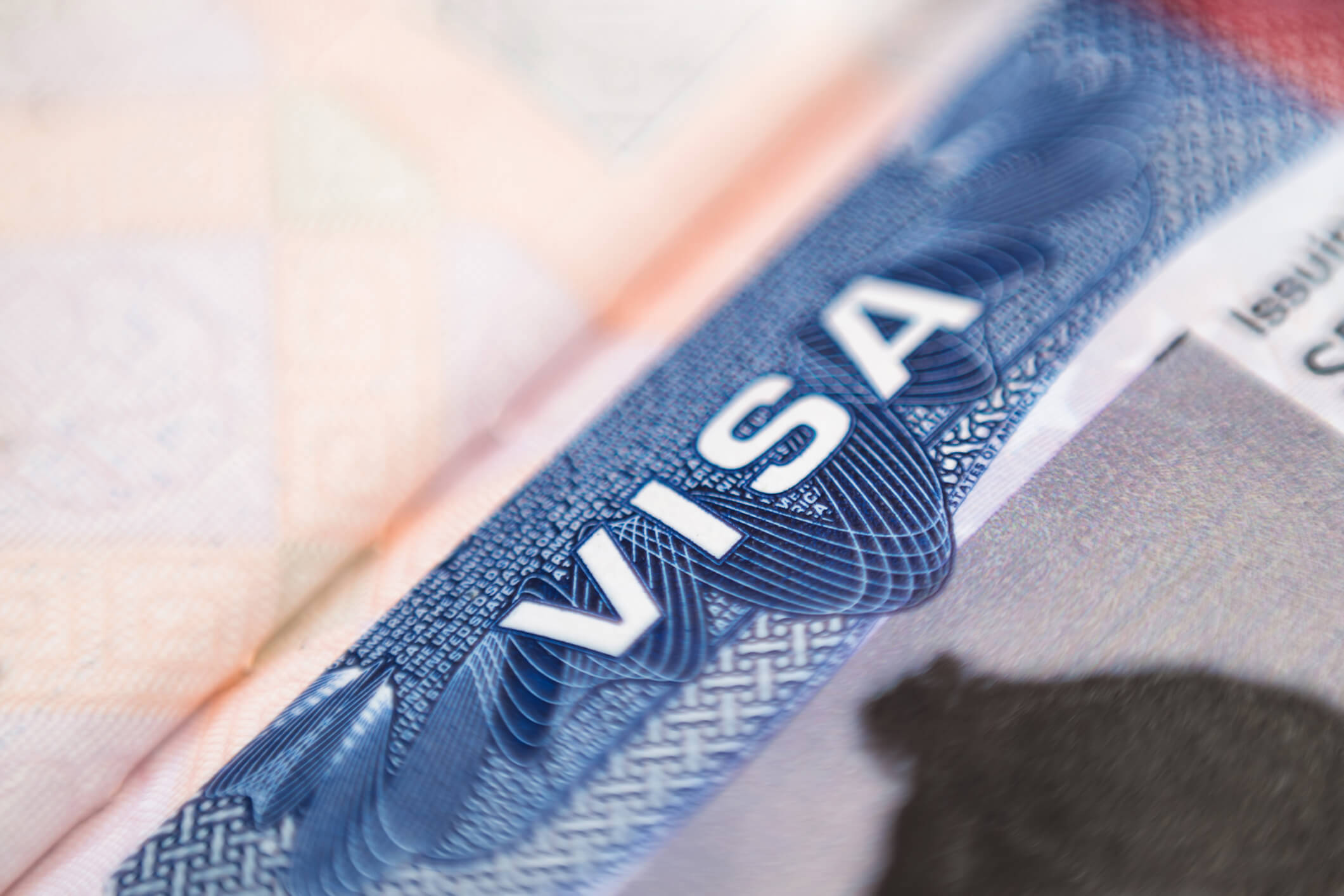In today’s complicated maze of compliance requirements, most employers are aware of the need to complete a Form I-9 for every new hire. However, some employers fail to recognize the significance of the I-9 form. What appears to be a simple two-page onboarding form can carry the potential for six-figure liability if not completed correctly. Effective August 1, 2016, Immigration and Customs Enforcement (ICE) has increased the base penalties for failure to comply with the I-9 requirements; civil fines now range from $375 to $3,200 per form—numbers that can be staggering in the face of an ICE audit.
As the number of ICE audits around the country continues to increase, now is the time for employers to perform I-9 checkups, review their I-9 processes, and eliminate potential liability before an ICE agent appears at the front door. Before reviewing the steps an employer can take to perform an I-9 checkup, first, review the basic requirements:
What Are the Origins of I-9 Liability?
In 1986, employers became subject to the Immigration Reform and Control Act (IRCA), which imposed the requirement that employers complete a Form I-9 for every new hire. Under the IRCA, employers must verify both the identity and employment eligibility of all new employees hired after IRCA’s effective date of November 6, 1986 (“employees” being defined as “any person who performs labor or services in return for wages or other remuneration”). Originally intended to discourage illegal immigration into the United States, the IRCA has placed a significant burden on employers to ensure not only that they are completing the Form I-9 correctly, but also that the form is completed in an appropriate, nondiscriminatory manner.
On August 25, 2016, the Office of Management and Budget (OMB) approved a round of revisions to the Form I-9. U.S. Citizenship and Immigration Services (USCIS) must publish the new Form I-9, which will include “smart features,” new fields, and some updated language intended to help facilitate compliance by guiding users through the process, by November 22, 2016. Employers are permitted to continue using the current Form I-9 (with a revision date of March 8, 2013) through January 21, 2017, but must switch to the new Form I-9 thereafter.
What Happens if a Company Does Not Complete Form I-9 Correctly?
In addition to requiring a Form I-9 for every new hire, the IRCA warns employers not to discriminate against individuals on the basis of national origin, citizenship, or immigration status. In practical terms, this puts employers on notice that they must not ask a new hire for any specific document to verify his or her employment eligibility or refuse to accept an I-9 document that appears to be genuine on its face. Failure to follow the appropriate procedures in the I-9 verification process can lead to:
- civil fines;
- criminal penalties (where there is a pattern or practice of violations);
- debarment from government contracts;
- court orders requiring back pay to the individual against whom the company discriminated; and
- court orders requiring the employer to hire an individual who was discriminated against in the I-9 process.
How Can a Company Ensure That It Is in Compliance With the I-9 Rules?
Companies that take the I-9 requirements seriously are well ahead of the game. Ensuring that your company has a compliant I-9 program that encourages periodic internal review will go a long way in minimizing any potential penalties levied in the course of an ICE audit. Following the simple steps below may assist companies in tightening up their I-9 programs and processes.
1) Avoid a Fishing Expedition: Consider removing all I-9 records from personnel files and keeping them organized in a separate I-9 binder either at the work site or at a central corporate office. Should ICE visit the office requesting the I-9 records, the documents will be accessible and organized.
2) Appoint an I-9 Captain: Consider designating a lead human resources professional to oversee the I-9 process. Ensure that this person receives annual training on the I-9 requirements.
3) Watch for Timeliness: Failing to complete the Form I-9 in a timely basis is a substantive violation, which can lead to substantial fines. An employee must complete Section 1 on or before his or her first day of work, and the employer must complete Section 2 no later than the employee’s third day of employment. If a company has a seven-day operation, weekends count towards these days of employment.
4) Be There in Person: Make sure all I-9 documents are verified in person to ensure the documents appear legitimate and reasonably relate to the employee being verified. Do not accept faxed or scanned documents for I-9 purposes.
5) Never Ask for Specific Documents: Allow the employee to select the I-9 documents he or she wishes to present. Employers may want to avoid saying things like “please show me your green card” or “I need to see your Social Security card.” Instead, employers can allow the employee to choose from the list of acceptable documents.
6) Be consistent: Companies may want to decide whether they will keep copies of supporting documents for I-9 purposes. What a company does for one, it may do for all—regardless of the employee’s citizenship status.
7) Create an I-9 Tickler System: If an employee indicates that he or she has work authorization that will expire, consider establishing an automated tickler system as a reminder to reverify his or her employment eligibility before it expires. An employer may also want to utilize an online I-9 system, if possible, to alleviate missed deadlines.
8) Do Not Overdocument: Accepting and/or photocopying too many supporting documents may lead to a fine. If an employee provides too many documents, an employer may need to push back by showing him or her the list of acceptable documents and allowing him or her to choose which documents to use for I-9 purposes.
9) Perform an I-9 Checkup Now. Taking steps to ensure an effective, compliant I-9 program will not only alleviate unnecessary liability, but it will also go a long way in establishing a good faith defense in the face of an ICE audit, which can further reduce civil fines. To conduct a checkup, an employer can ask its human resources team how they conduct the I-9 process and review their responses to tighten up the process where necessary. Next, the employer could perform an internal audit of its I-9s and clean up any technical violations. Finally, it can train its human resources team on I-9 issues and continue to review its processes on an annual basis.




